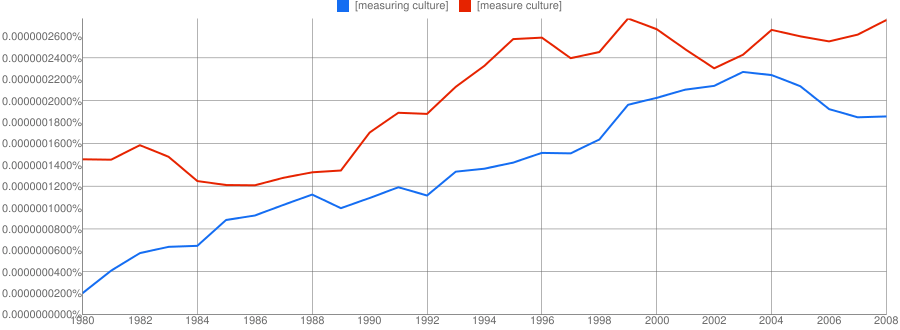
In today’s disruptive business world, it’s an ongoing necessity for leaders to ensure they stay current and relevant. This includes staying on top of changes in customer attitudes, employee engagement and technology. With that in mind, I’ve compiled 5 key trends to know about for 2019 when it comes to organizational culture. As you read through these trends, ask yourself the following questions:
Am I seeing this trend in my organization already?
How should I be updating my strategies and goals to embrace this trend?
What might happen to my business if I ignore this trend?
Trend #1 – We finally get it, culture is important
Ongoing research into how CEO’s think about culture shows a rise in their acceptance of the fact that culture drives performance. According to a survey of nearly 2,000 CEOs and CFOs conducted by Columbia Business School and Duke University’s Fuqua School of Business:
- More than 90 percent said culture was important at their firms;
- More than 50 percent said corporate culture influences productivity, creativity, profitability, firm value and growth rates;
- 78 percent said culture is among the top five things that make their company valuable; and
- 92 percent said they believed improving their firm’s corporate culture would improve the value of the company
Trend #2 – Reputational Risk has never been higher
It is becoming more and more difficult to differentiate our businesses based on price, service or quality. Customers are left with the choice of deciding who they want to do business with based on the values of the organization. Employees are researching company cultures before they even think about applying for a job. One slip, broadcast across social media, can sink a company’s financial performance immediately. According to accounting firm Deloitte, “Reputational risk has now become a potential threat on a par with new competition, technology failures, talent issues and changing regulations.”
Trend #3 – Social movements are bleeding into the workplace.
#BlackLivesMatter, #MeToo, and #TimesUp are just a few of the latest social movements that have given voices to employees about inappropriate behaviours in the workplace. While employees may have been passively disengaged in the past with bad behaviours, they are now actively engaged in rooting out culture vultures.
Trend #4 – The office isn’t an office anymore
- According to an IDC survey, by 2020, 75% of the US workforce will be working remotely at least part of their week. The need for dedicated workspaces for each employee is diminishing. Instead, the most successful companies are building an array of work areas to support different types of work: focus, collaboration, learning, and socializing.
- An increased need for collaboration and agile scrums require workspaces conducive to bringing people and their ideas together. Augmenting spaces with electronic white boards and other technology enable the groups to focus on ideation.
- According to architectural firm Hendy, “Filing rooms, storage areas, copy centers and other static spaces have outlived their use, and are increasingly turning into boneyards for the obsolete. Consider converting an abandoned file room into a collaboration zone or a conference room; or dividing it into focus rooms or micro offices that can double as ad-hoc meeting spaces.”
Trend #5 – Measuring culture is becoming an imperative
The same survey that highlighted how CEO’s think about culture also reported that only 15% of them believe they have the right culture. And according to a survey of 5,000 companies by Motivosity, less than 2% of CEO’s look at their employee engagement results more than once a year. I believe this is because leaders are becoming frustrated by the lack of discovering meaningful actions to increase productivity with these surveys.
CEO’s know that culture is important, they want to shift their culture, and the latest challenge is figuring out how to measure it. Over the past few decades the number of mentions of measuring culture has risen significantly showing the increased interest in getting a handle on one’s workplace culture.

If all these trends coming together feel overwhelming, we can help you discover where yourculture needs the most attention. By building a Blueprint for Action based onthese findings, you’ll be able to stay ahead of the curve, stay competitive,and build a better bottom line. Contact us today to findout more about how we can help you be a trendsetter!



2 Comments
These are trends that I see impacting my own organization as in we are slow to change but I want to see these changes – we have started the open plan concept getting rid of redundant spaces etc but management style and culture is slow to catch up.
I see 2019 as a significant time to make those changes to help the organization hold on to the amazing talent pool it has.
Thanks for your perspective Dayo! I encourage you to take the lead where ever you can in your organization to help make a shift in the culture. We all have a sphere of influence we can impact. Let me know if you want to discuss further, happy to help.